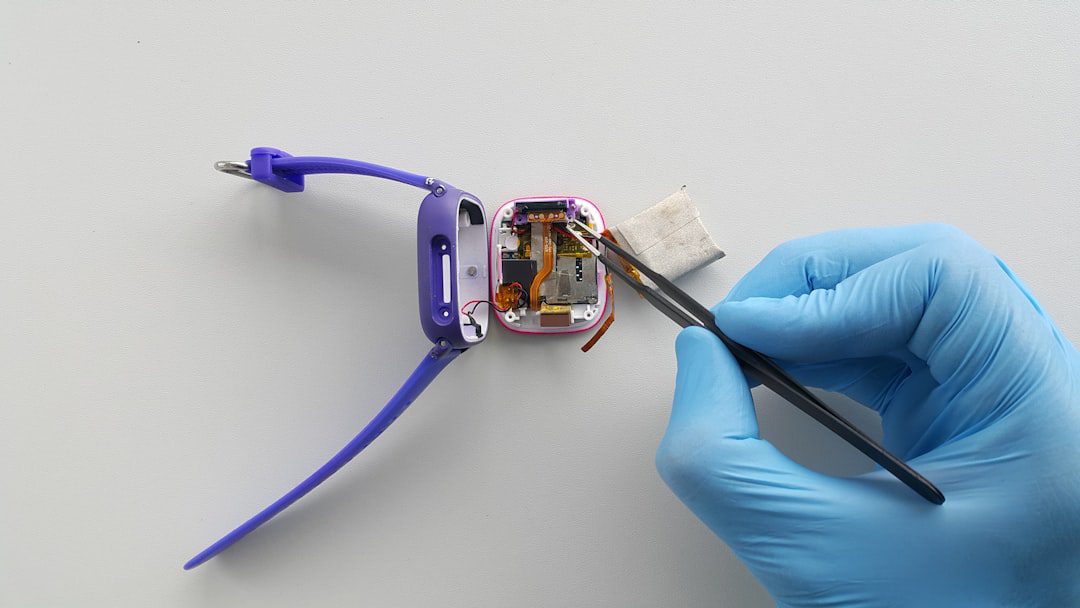
FDA Communication Pilot Addresses Extracorporeal Blood Circuit Safety Concerns
The FDA has issued an updated alert regarding extracorporeal blood circuit issues from Nuwellis, highlighting critical safety concerns that medical device manufacturers must understand. This communication is part of the FDA’s Communications Pilot to Enhance the Medical Device Recall Program, representing a significant shift in how the agency approaches device safety communications.
Understanding Extracorporeal Blood Circuit Risks
Extracorporeal blood circuits are critical components in various medical devices, including dialysis machines, heart-lung bypass systems, and ultrafiltration devices like those manufactured by Nuwellis. These circuits temporarily divert blood outside the body for treatment before returning it to the patient, making their reliability and safety paramount.
The specific issues with Nuwellis devices underscore several key risk factors that manufacturers of similar devices must consider:
- Circuit integrity failures that could lead to blood loss or contamination
- Connection point vulnerabilities where tubing interfaces with device components
- Material compatibility issues that may affect blood contact surfaces
- Pressure monitoring accuracy critical for patient safety
FDA’s Enhanced Communication Strategy
This alert is part of the FDA’s Communications Pilot program, which aims to improve the medical device recall program’s effectiveness. The pilot program represents a proactive approach to safety communications, moving beyond traditional recall notices to provide more comprehensive guidance to healthcare providers and manufacturers.
Key elements of this enhanced approach include:
- More detailed technical explanations of device failures
- Clearer guidance on risk assessment and mitigation
- Enhanced coordination between FDA and manufacturers
- Improved post-market surveillance recommendations
Regulatory Implications for Manufacturers
Under FDA regulations, particularly 21 CFR Part 806, manufacturers must maintain robust post-market surveillance systems. The Nuwellis case demonstrates several critical compliance requirements:
Immediate Reporting Obligations: Manufacturers must report device malfunctions that could lead to death or serious injury within 24 hours of becoming aware of the issue. The extracorporeal nature of these devices makes this reporting even more critical due to direct blood contact.
Risk Management Updates: ISO 14971 requires ongoing risk management throughout the device lifecycle. Manufacturers should review similar devices for comparable failure modes and update their risk management files accordingly.
Actionable Steps for Medical Device Manufacturers
To maintain compliance and ensure patient safety, medical device manufacturers should take the following immediate actions:
- Conduct Internal Risk Assessments: Review your extracorporeal or blood-contact devices for similar failure modes. Pay particular attention to circuit integrity, connection points, and pressure monitoring systems.
- Update Post-Market Surveillance: Enhance monitoring protocols for similar devices in your product portfolio, focusing on field performance data and customer feedback.
- Review Design Controls: Ensure your design validation protocols adequately address long-term circuit integrity and connection reliability under clinical use conditions.
- Strengthen Supplier Management: If you use third-party components for blood circuits, verify their quality systems and perform additional incoming inspection as needed.
- Update Training Programs: Ensure your quality and regulatory teams understand the enhanced communication requirements under the FDA’s pilot program.
Long-Term Compliance Strategy
The FDA’s Communications Pilot signals a more collaborative approach to device safety. Manufacturers should prepare for:
- More frequent and detailed safety communications
- Enhanced expectations for post-market data collection
- Stronger emphasis on proactive risk identification
- Greater transparency in safety reporting
Medical device manufacturers must view this enhanced communication framework as an opportunity to strengthen their quality systems and demonstrate commitment to patient safety. By proactively addressing similar risks in their own products, manufacturers can avoid regulatory scrutiny while protecting patients and maintaining market confidence.


No comments yet. Be the first to comment!